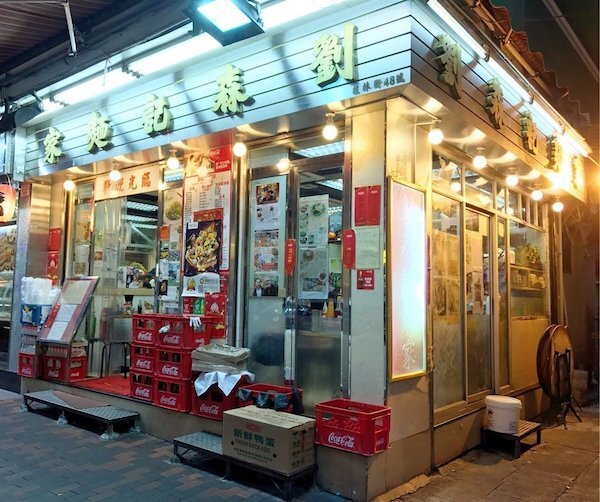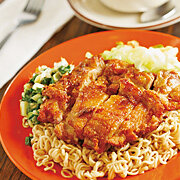One of the most representative restaurants in Sham Shui Po District, Wai Kee’s iconic Pork Liver and Beef Noodle will never let you down. Its pig’s liver noodles, might not sound the most appealing, but locals and tourists alike make the journey to Sham Shui Po for this unique dish. If liver is not to your taste, you can also choose beef, ham, egg or sausage. If you fancy something sweeter, be sure to go for the kaya French toast.
Signature dishes include Kaya French Toast Pig Liver & Beef Noodles.
OpenRice People’s Choice Award: Best Chinese Noodles, Congee Restaurant (2008-16), Best Restaurant in Sham Shui Po (2015-16).
Wai Kee Noodle Cafe is famous among the locals. Be prepared to queue up! Photo credit: OpenRice
Address: G/F, 62 & 67 Fuk Wing Street / Shop D, G/F, 165-167 Pei Ho Street, Sham Shui Po (2-min walk from Exit B2, Sham Shui Po MTR Station)
Telephone: +852 23876515
Opening Hours: Mon - Fri: 06:30 - 20:30, Sat - Sun: 06:30 - 19:15, Public Holiday: 06:30 - 19:15
Online reviews: OpenRice


















